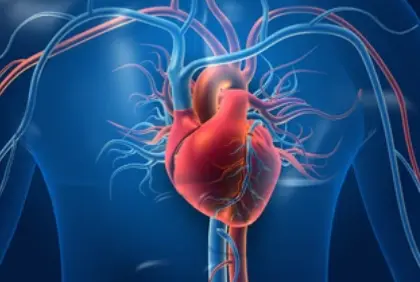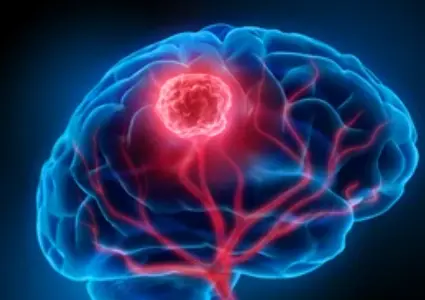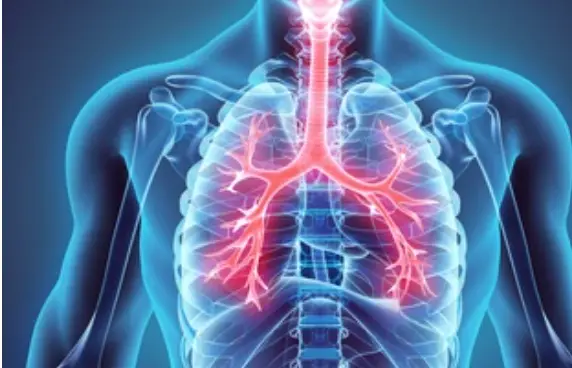 Welcome
Welcome
“May all be happy, may all be healed, may all be at peace and may no one ever suffer."
- A
- B
- C
- D
- E
- F
- G
- H
- I
- J
- K
- L
- M
- N
- O
- P
- Q
- R
- S
- T
- U
- V
- W
- X
- Y
- Z
Fungal infections - Generics
Fungal infections are caused by various types of fungi and can affect different parts of the body, including the skin, nails, hair, and internal organs. Common fungal infections include athlete's foot, ringworm, jock itch, and thrush.
Fungal infections can be classified as superficial, subcutaneous, or systemic, depending on the depth and extent of the infection. Superficial fungal infections are the most common type and typically affect the skin, hair, and nails. These infections are usually treated with topical antifungal medications, such as creams, ointments, or powders.
Subcutaneous fungal infections affect the deeper layers of the skin and can spread to underlying tissues, such as muscles and bones. These infections are often caused by traumatic injury or exposure to soil or plant material that is contaminated with fungal spores. Treatment for subcutaneous fungal infections usually involves surgical removal of infected tissues, along with antifungal medication.
Systemic fungal infections are the most serious type of fungal infection and can be life-threatening. These infections occur when fungal spores enter the bloodstream and spread to other organs, such as the lungs, liver, or brain. Systemic fungal infections are most common in people with weakened immune systems, such as those with HIV/AIDS or cancer, and can be difficult to treat. Treatment typically involves long-term use of antifungal medication, often administered intravenously.
Prevention of fungal infections involves maintaining good hygiene practices, such as washing hands regularly, avoiding sharing personal items, such as towels or hairbrushes, and keeping skin dry and clean. People with weakened immune systems should take extra precautions to avoid exposure to fungal spores, such as wearing masks and avoiding areas where fungal spores are likely to be present, such as construction sites or areas with bird droppings.
In conclusion, fungal infections are caused by various types of fungi and can affect different parts of the body. Treatment depends on the type and severity of the infection and can include topical or systemic antifungal medications and surgical intervention. Prevention involves maintaining good hygiene practices and taking extra precautions for those with weakened immune systems.

Non-productive cough

MI

Squamous cell or testicul...

Asthma prophylaxis

Paralytic ileus and post-...

Dental caries

Drug hypersensitivity rea...

Stomach distension
Fungal infections, ছত্রাক সংক্রমণ
To be happy, beautiful, healthy, wealthy, hale and long-lived stay with DM3S.